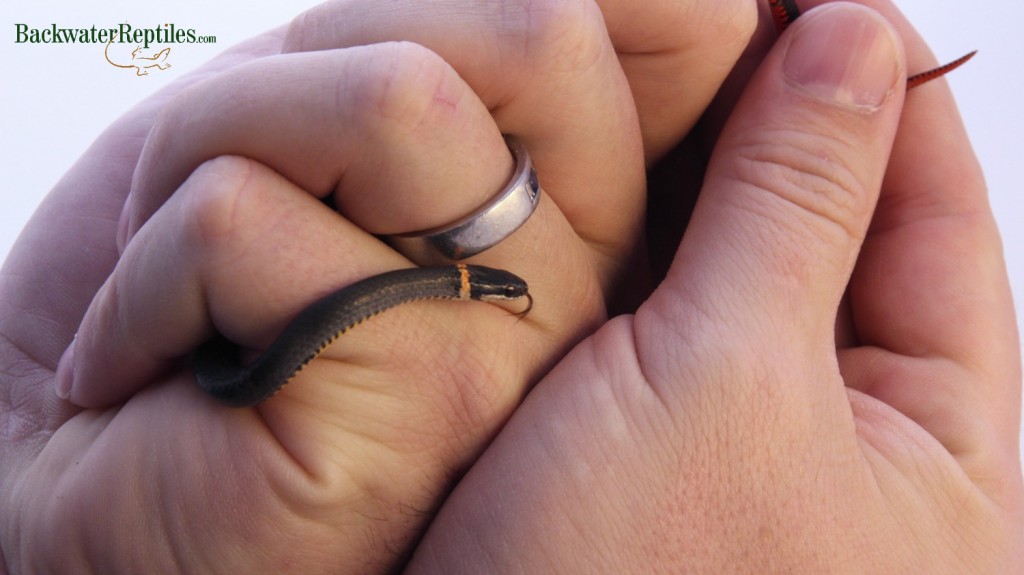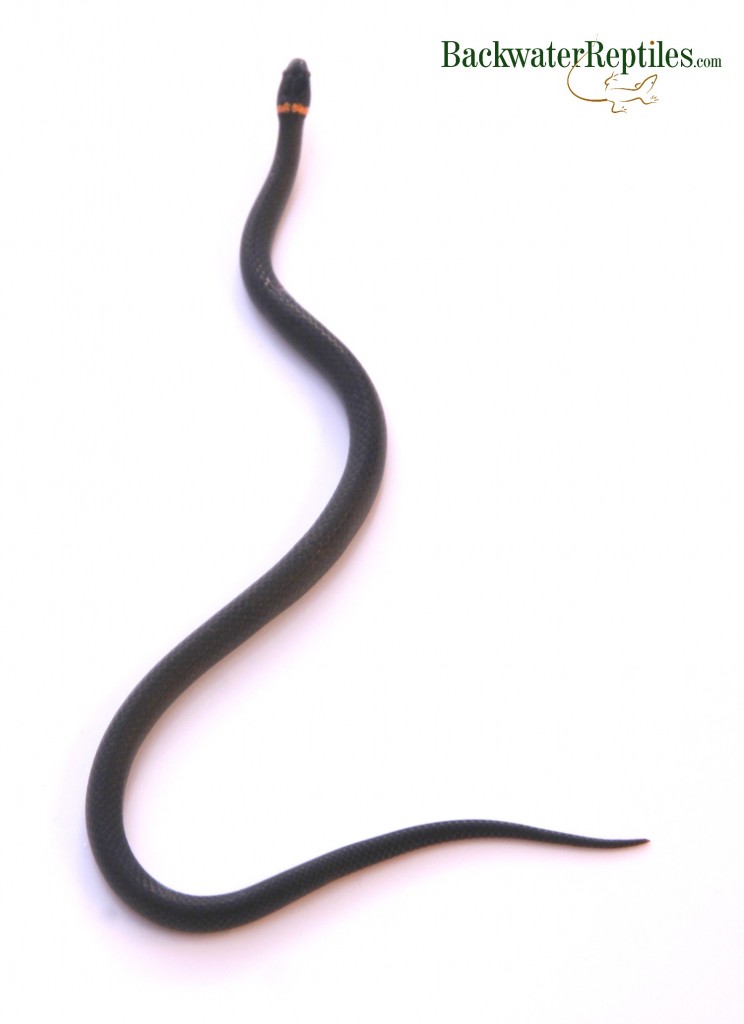Are you familiar with the three types of Blood Python – the Red Blood, the Black Blood, and the Borneo Blood? What about short-tailed pythons? Did you know that in fact, these species of snakes are one and the same?
If you’re at all confused about the differences and similarities amongst these three species of pythons, read on to get some clarification.
Red Blood Python (Python brongersmai)
The Red Blood Python, also known as the Brongersmai short-tailed python and the red short-tailed python, is a species of python found in Malaysia and Sumatra. They get their common names from their reddish coloration. This main red can range from a rich, bold red to a dusky, orange-red, although they sometimes exhibit rusty brown colors too. They have yellow and/or tan blotches and stripes that run the length of their body with some tan and black spots towards their rear.

Red Bloods used to have a reputation for being ornery amongst reptile hobbyists, but this type of aggressive behavior is slowly disappearing due to captive breeding efforts. The breeding efforts have not only produced more colorful animals, but also more docile and mild-mannered snakes.
The Red Blood is the only species amongst the three types of short-tailed pythons that can have a red color phase. It’s also good info to know that some Red Bloods can start out very dull red as hatchlings and mature into a more brilliant and noticeable red.
Black Blood Python (Python curtus)
Nomenclature can be confusing and this is true in the case of the Black Blood Python. In fact, a more accurate common name for this snake is the Sumatran Short-Tailed Python because it can be found in the southern and western parts of Sumatra. We highly agree and so from here on out, we will refer to this snake as the Sumatran Short-Tailed Python and avoid the confusing “Black Blood” label altogether. But just be aware that amongst hobbyists, this misnomer is more common.

The Sumatran short-tail ranges in color from dusky brown to a deep, jet black. They commonly have black, grey, or silver heads, but some do have orange or yellow heads, which can sometimes cause them to be confused with the Borneo short-tailed python.
Borneo Blood Python (Python breitensteini)
A more accurate name for the Borneo Blood Python would simply be the Borneo Python or even the Borneo Short-Tailed Python. These short-tailed pythons are the only species to be found on the island of Borneo, hence their common name. We’re assuming that the nomenclature of “Blood” in the common name of this snake stems from the fact that they are so closely related to the Red Blood and Black Blood pythons.

Borneo short-tails will vary in color from dark, coffee-colored brown to a pale, brown-beige with black, white, and brown markings. There are several commonly known morphs including a striped python and what is known as the “Ultra-breit,” a very pale snake with patterns that are hardly discernable.
Conclusion
When it comes to short-tailed or “blood” pythons, names can be confusing. Our solution is to refer to these snakes by a name that makes more sense, in this case a geographical name, rather than a name that implies similarities or differences to other species.
Overall, these three species of short-tailed pythons are gaining in popularity due to captive breeding projects that allow them to be available in more colors. A nice, coincidental side effect of captive breeding also happens to be that they have become more docile and accustomed to human handling. In other words, it’s not necessarily true that blood pythons are nippy, aggressive, and grouchy by nature.
Although the Red Blood is considered to be the largest of the short-tailed pythons and the Sumatran is considered the smallest, these three species of pythons will all start out life between ten to seventeen inches long and will grow to be approximately five feet long on average. They are all also very stocky snakes with thick, somewhat bulbous bodies and short tails (go figure).
We think that any of these three species of snake would make a great addition to any herp hobbyist’s collection. If you’re ready to commit to one of these stunning pythons, Backwater Reptiles has all three species of blood pythons for sale.















